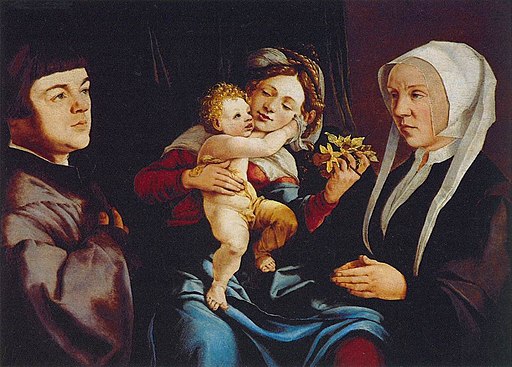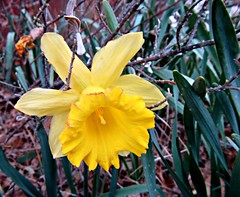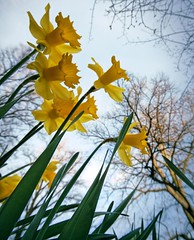Daffodil, Wild (Lent Lily)
Daffodil, Wild (Lent Lily)
The wild daffodil is native to many parts of Britain and Europe. It takes its Latin name from the myth surrounding the river god Cephissus and the story of his son Narcissus who through his beauty had many admirers, including the nymph Echo. Narcissus refuted them all including her. Angered by his refusal she made him fall in love with his own reflection in the river, unable to move he wasted away until he died. This myth was studied by the famous Scottish classicist and anthropologist Sir James George Frazer (1854-1941) who wrote in his renowned work 'The Golden Bough' (1890) about his conviction that the myth originated from the belief that man's soul is situated in his reflection.
Ancient mythology also tells us about Hades, the Greek god of the underworld, capturing Persephone and taking her to the underworld as she was picking daffodils in the Elysian Fields. It is this myth which probably led to the common idea that the daffodil was a flower of the underworld. As such it was associated with death and used in wreaths and planted on graves, as it still is today.
In the Christian Faith it is linked to the Virgin Mary and several of the saints, it is even occasionally referred to as Mary's Star. Look closely in renaissance religious art and you will often see it present as a symbol of the resurrection, self-sacrifice and eternal life. To the Chinese it represents prosperity and happiness.

Madonna of the Daffodils with the Child and Donors by Jan van Scorel.
Public domain, via Wikimedia Commons

